Surviving Patagonia: Staying Safe Means Staying Warm and Dry
Once the logistical challenges of hiking in Patagonia are settled (which remains very far from being the case for Brian and Sylvia) one must turn to the actual physical challenges of the hike itself.
Fortunately, altitude will not be one of these. On all three of our Peru expeditions, at least one member of the party struggled with the high elevations. But those hikes took us well over 10,000 feet; elevations in Torres del Paine Circuit (and most of the surrounding hikes) are nothing like that.
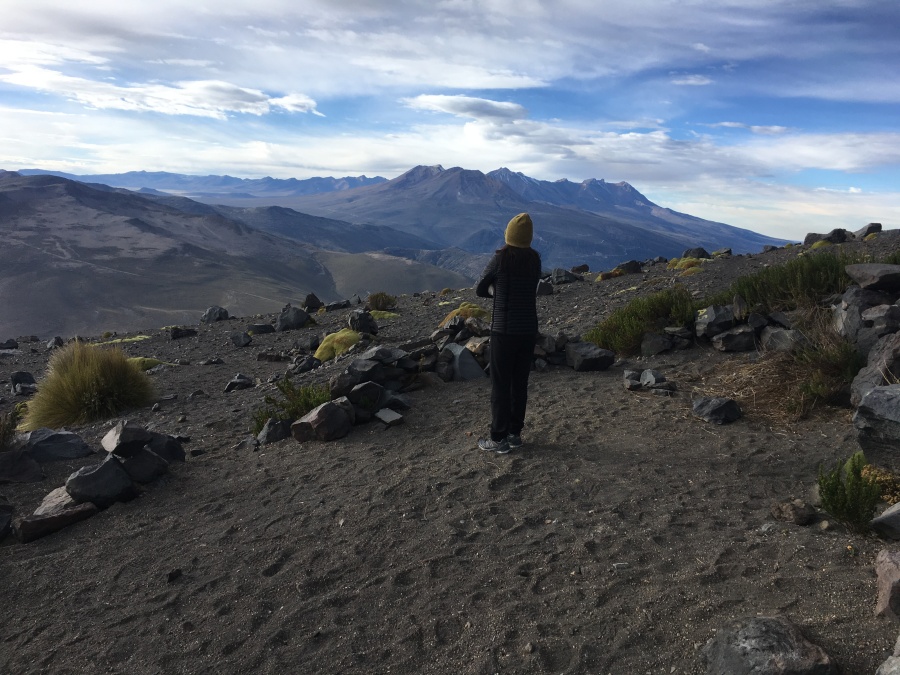
In fact the worst pass on the entire circuit is reputed to be the Paso John Gardener at a mere 1200 meters. (I know, try doing it with a full pack and a 60 MPH headwind and then call it mere.) And that pass won’t even be on our itinerary. Similarly, there are no major ascents in Fitz Roy. Most of the hiking is relatively moderate, and at lower elevations. We do not expect anything approaching the three, four and five thousand foot ups and downs of the TMB.
What will be a factor without question is the Patagonian Climate. Patagonia is located at 51 degrees south latitude, where the wind whips continually, unhindered by an great amount of land mass. We expect bad weather; strong winds that can knock a person flat, rain, sleet, fog, even possibly snow. AT night, it will often get down the freezing, in in the Patagonian summer (January and February.)
If you want to know how bad it can get, this video gives you an idea. It can worse than this…
Staying as dry as possible will be essential. Brian agrees with the uberhiker Andrew Skurka that rain gear is only effective if either new or very well maintained, and even then only to a point. No amount of fancy clothing will keep you dry if conditions get bad enough; the tougher the protection the more likely you are to sweat inside it, and ‘breathable’ is another term for ‘breathes water, eventually.’ Unless you plan on wearing a hard-sided building with a roof, plan on getting wet.
Nevertheless, rain gear will be important here. We’ll strive to get the best we can get and stay as dry as possible. Note that this is sometimes mistaken by people to mean “the most expensive we can get.” Price is not always a guarantee of efficacy…but then again, paying low prices for cheap gear is almost always a guarantee of low efficacy.
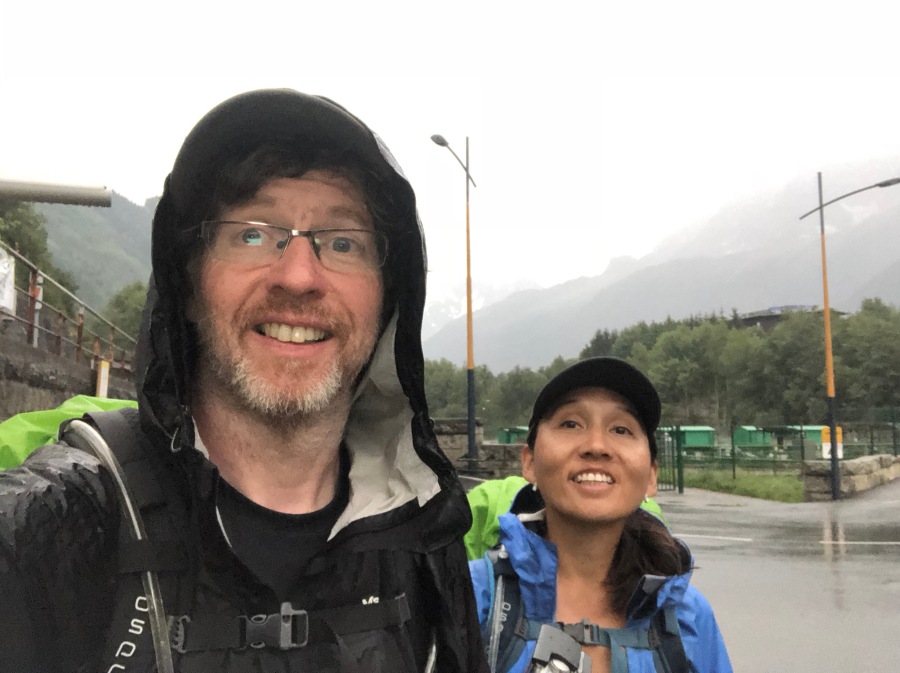
Quality rain gear also serves as a ‘shell’ layer providing protection from the wind. This will come in handy when the Patagonian winds start to blow, which they pretty much always do.
The ability of some ultralight fabrics to break the wind is surprisingly good in some cases, and in others absolutely awful. My last Marmot outer layer for example had wind breaking capabilities far greater than its feather light construction might lead one to believe.
Brian’s new Outdoor Research Rain jacket is the first purchase on the ‘stay dry’ program. He is field testing it now to see how it stands up. It is certainly very lightweight. Brian has owned other OR equipment before but never a jacket…time will tell how this one stand up. We’ll see how it fares in a good blow.
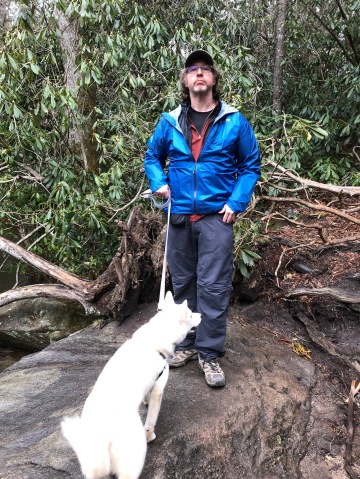
A good tent will be perhaps even more essential than rain gear. First off, a good quality tent with a rain fly in good condition stands a better chance at stopping rain than a jacket does. Secondly, shelter is where you will be at rest, and that’s where you most need the insulation. A person may be able to stay warm while soaking wet simply by keeping active, but the minute they stop (which they must eventually) they will start to freeze. Without adequate shelter, a dangerous situation could be in the making.
When a tent’s rain fly is NOT in good condition, by the way, the result is pretty awful. See our experiences with this.
The strong Patagonian winds also tend to play havoc with the ultra-lightweight backpacking tents widely available today. After all, the last thing you want to have protecting you in a hurricane is a piece of gauze that is apt to blow away if not tied down. We need to have tent that is strong, rain proof to the max degree possible, and can be tightly staked down.
Apart from the weather there are no significant safety challenges to these hikes apart from what we have already outlined. These trails are moderate and generally well graded; there are no serious unbridged stream crossings and no major high passes. The severe challenges of other wild Patagonian treks like the Huemal Traverse will not be encountered here. Compared to the TMB, the actual hiking itself should be fairly straightforward.
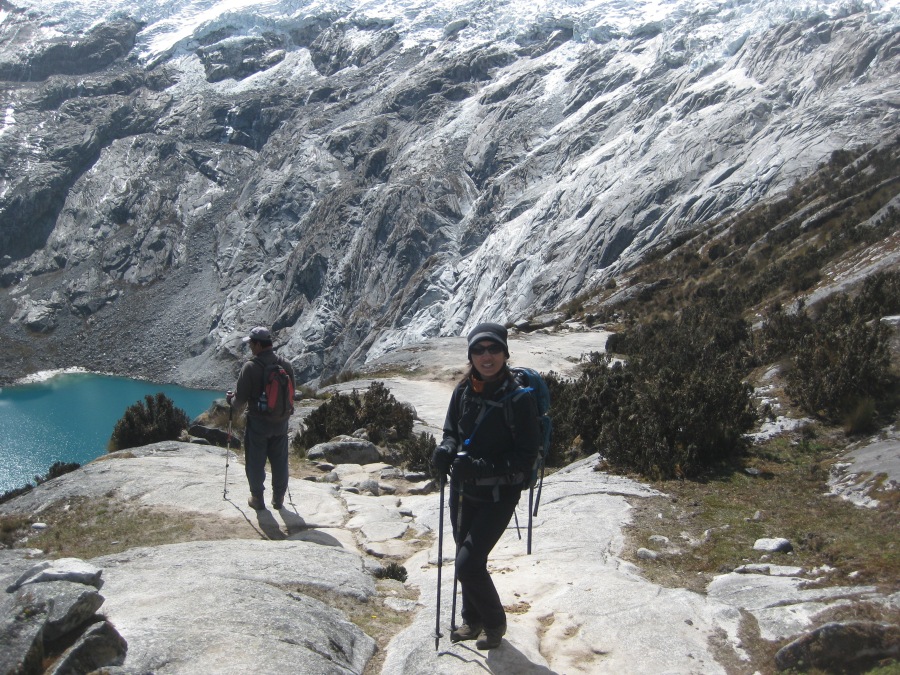
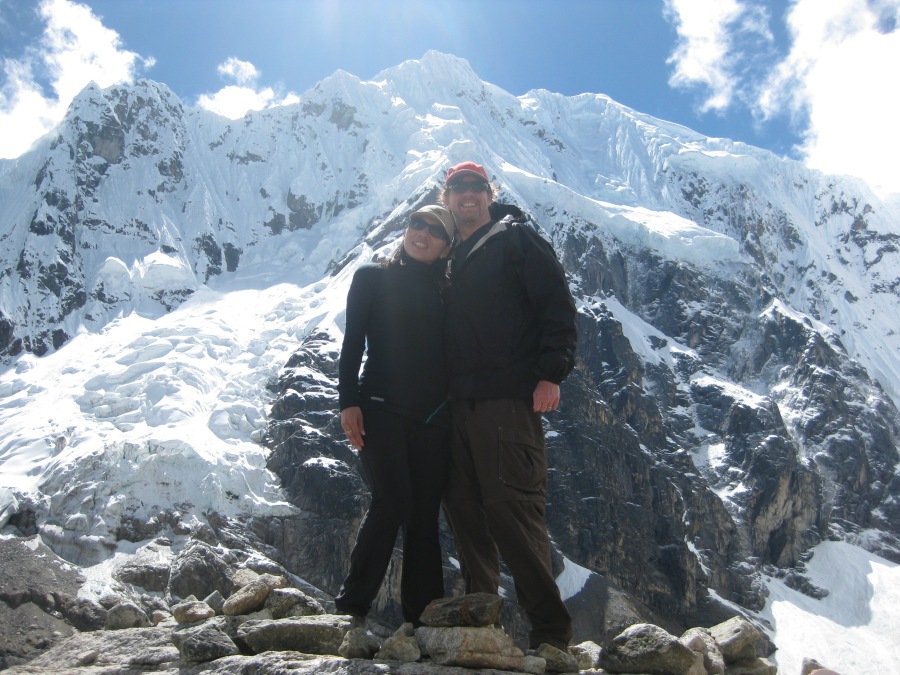
Dangerous wildlife (basically, pumas) is so rare that it is very unlikely to be seen, let alone present any threat. These parts of Chile and Argentina are generally safe for westerners to travel in, with robberies being rare and guerilla activities/political issues pretty much unknown.
Getting there, staying there, and staying safe – which means mostly, staying warm and dry. These are the challenges of Patagonia, and the challenges that Brian and Sylvia must prove equal to in order the hike Torres Del Paine and Fitz Roy. We proved equal to the Grand Circle of the Tour Du Mont Blanc. Will we prove equal to this challenge?
Only one way to find out…do it!!!!
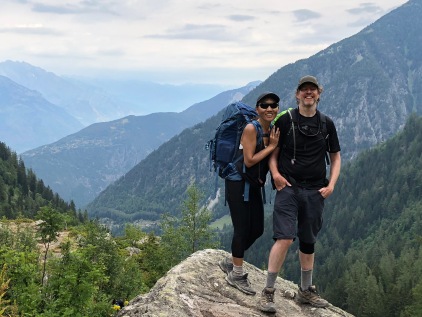
(Cover Image credit: Glacier Grey, By welsh boy from London, U.K. – Flickr, CC BY-SA 2.0, https://commons.wikimedia.org/w/index.php?curid=1321552)